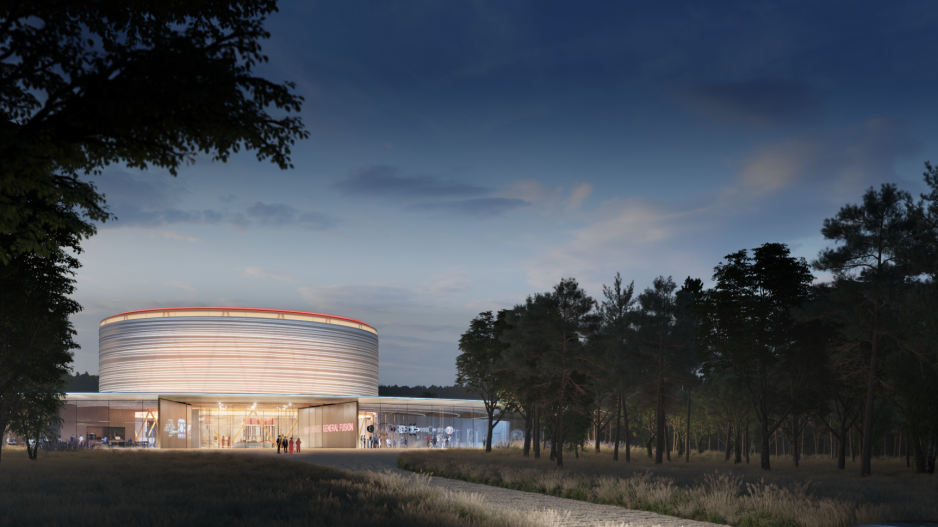One of Canada’s most successful tech entrepreneurs has taken a shine to a B.C. clean-energy company seeking to unlock fusion power on a commercial level.
Burnaby-based General Fusion Inc. announced Thursday (January 14) the close of financing from a new investor: Thistledown Capital Inc.
The venture capital firm was founded in 2019 by Shopify Inc. (TSX:SHOP) founder Tobias Lutke and his wife, Fiona McKean.
The size of the investment was not disclosed, however, CEO Christofer Mowry told BIV in November 2020 the company has raised upwards of US$200 million from investors.
Lutke and McKean have been investing in other cleantech companies as of late through the pair’s venture capital firm.
Most recently Thistledown Capital contributed to a capital injection for Halifax-based CarbonCure Technologies, which drew an investment from Amazon.com Inc.’s (Nasdaq:AMZN) Climate Pledge Fund.
Amazon CEO Jeff Bezos has also shown an interest in General Fusion, having previously invested in the B.C. company through his personal venture capital fund, Bezos Expeditions.
The Thistledown investment will be used to support the development of General Fusion’s demonstration plant.
General Fusion is continuing its global search for a location for the plant after having commissioned London-based AL_A (Amanda Levete Architects Ltd.) to design the prototype facility.
The company had originally planned on selecting a spot by the end of 2020 but Mowry said COVID-19 has made that goal more challenging.
“The demonstration plant is not an end in and of itself. It’s a means to an end and it’s a stepping stone to commercialization,” he said last fall, referring to the fact it’s meant to demonstrate to potential buyers the capabilities of the technology rather than put megawatts on the grid.
Another distinction between the demonstration plant and a commercial facility is that the demonstration plant’s size is at about 75% scale.
Mowry hopes to have shovels in the ground within two years of the site being selected.
Factors being weighed include proximity to universities or national labs with fusion competencies, the cost of construction and availability of host financing.
“Ultimately this all boils down to what location gives us, as a company, the biggest chance of being successful,” the CEO said.
Fusion energy is produced when atoms are fused, kicking out neutrons, which then power a reaction that can generate heat.
Fusion is most often associated as a process that occurs in the sun.
Producing a fusion reaction on Earth first requires turning two elements — deuterium and tritium, which are both heavy hydrogen isotopes — into a plasma.
Unlike fission power, which uses highly radioactive uranium and produces long-lived radioactive waste, the radioactive residuals of fusion power would be short-lived, and there is no risk of runaway meltdowns.




